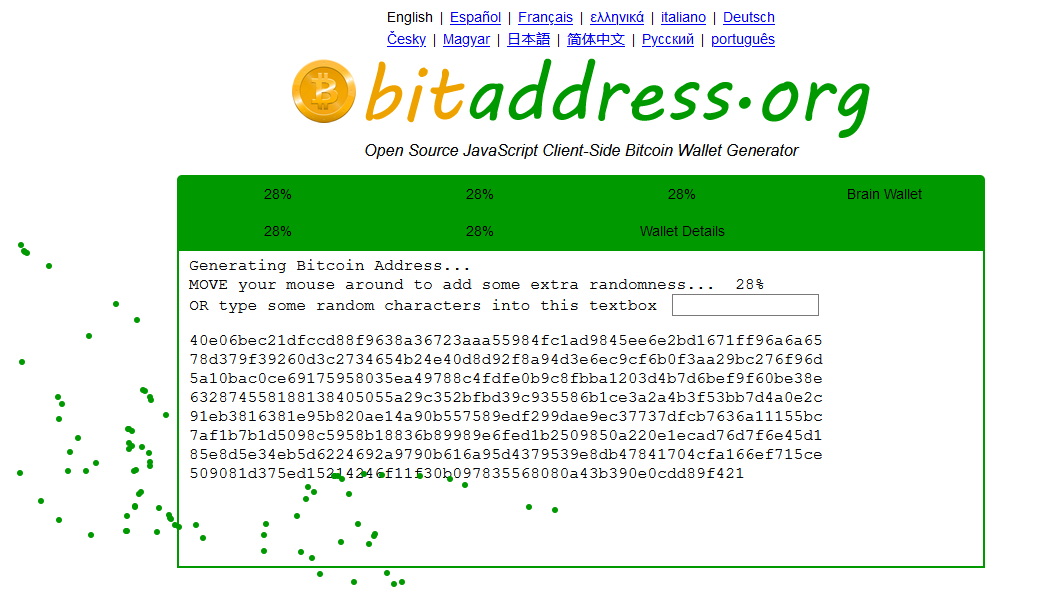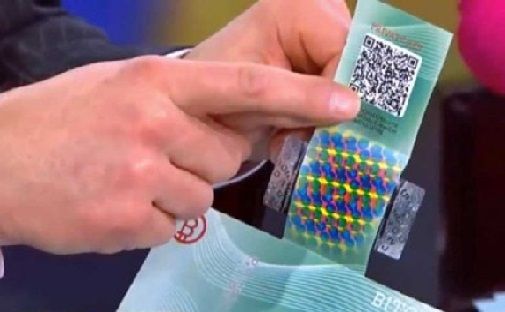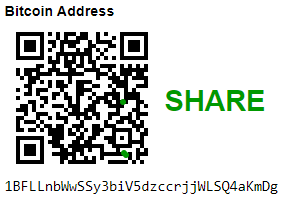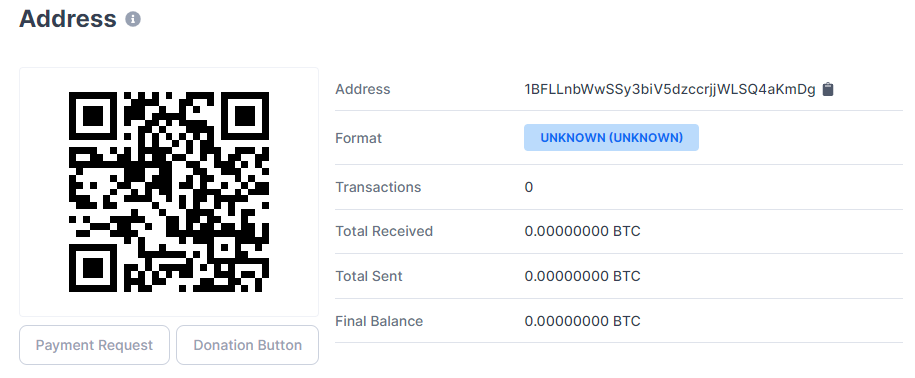Disclaimer: This guide is intended for small amounts of Bitcoin as a gift. It has not been reviewed by a security professional and may mot be the best method for storage of large financial values.
In the water-cooler conversations I've had with others about Bitcoin, its common to hear that whilst cryptocurrency is interesting, that investing in it poses an added layer of confusion or uncertainty. For those of us who hold some Bitcoin and are comfortable with the idea of virtual currency, the means of introducing others to adopt it can often be a challenge that they may first need to overcome.
A gentle way in introducing people to Bitcoin is by giving them some in the form of a present or gift. There are a variety of present ideas for giving Bitcoin in the physical sense, from physical coins engraved with the now famous logo, to gift cards, receipts and printable paper wallets. All these present ideas have the private/public key pair and public address printed on them to some varying degree, which declares that that they maintain proof of ownership and transferability, and that any Bitcoin they hold can be released or spent when they so choose.
The idea of giving Bitcoin as a present sparked me into action. I first went about locating Bitcoin ATMs around my local city, which I was disappointed to find out were not locatable or had been inoperative for some time. Furthermore purchasing Bitcoin as either a physical coin/card or voucher format was not doable in the turnaround time I had available. With no physical Bitcoin ATMs located near me, I looked online and found that certainly physical coins and gift cards were more common interstate/overseas, but as such postage delivery can be slow-moving and may not be delivered in time for when I needed it.
Bitcoin paper wallet
With these other present options unavailable to me, I found an online paper wallet was the answer. A paper wallet may come in many shapes, sizes and designs, and could even be designed and created by oneself, provided the private key is included. Besides being a cool present, a paper wallet is another way of providing cold storage, meaning that any assets can be maintained separate to online wallets or exchanges. Its a good idea to have this should one possess any sizable Bitcoin assets, since in the event of a hardware failure, a cold storage backup (hardware wallets) ensures that the Bitcoins can still be recoverable. Paper based options however are prone to their own vulnerabilities such as ink fade and elemental damage (fire, water).

Having already had some Bitcoin managed by an exchange in the form of a wallet, the next call of action was to visit a website to generate the paper wallet. A well-regarded site that is free to use is bitaddress.org (among others), which provides a web-based tool for generating the public/private key(s) and then overlaying them on a paper wallet (roughly the same size and dimensions of paper notes), which can then be printed out.
How to generate a public and a private key pair of your Bitcoin
A paper wallet can be generated quite easily by a website, and usually contains a client-side program which can generate the public/private key pair. On first visit to bitaddress.org, the user will be instructed to move around or click their mouse or type a random sequence of characters into an input field. This helps ensure that the private key which gets generated is randomised well enough. Websites like these and others use mathematically complex random number generation that is suitable enough for the cryptographic means of generating a private key that is unique enough.

How to securely generate your Bitcoin wallet
For additional security, upon visiting bitaddress.org or similar, you should be able to save the webpage as a local HTML file, disconnect from the Internet entirely and then reopen it in a browser and enter the random user actions and keystrokes to generate the private key. At the conclusion of this initial step, the user will be shown the generated keys and paper wallet formats to then use as they please. Depending on the paper wallet generator used, the user may also be given alternative means of maintaining the derived public/private key values, in the form of passphrases for more easily remembering the private key or with a QR-code which is a barcode that can be read by a smartphone/device camera.
Print out Bitcoin wallet keys
After you've entered the random user inputs and generated the public/private key pair, you are now ready to print the paper wallet. I would recommend that the printer you use to print the paper wallet is on a network you are reasonably comfortable with. As such, if you're at a library using public Wi-Fi that is used by lots of other people, then its perhaps best you seek out a more trusted source.
Print out your paper wallet (preferably in colour), and then cut and fold out the edges of the wallet or glue the front to the back if double-sided options are available. Depending on how the paper wallet is presented, its best to ensure that the private key is covered up, whether this be by a foldable edge that was supplied with the paper wallet design or even something you yourself cover it with, it is essential that you do.

Send Bitcoin to your newly created address
Now, by this stage you should access your own Bitcoin wallet that you use for transferring or receiving funds. I assume that this has been setup already from Hardblock.com.au or a similar exchange. Send or transfer the Bitcoin that you own to the new destination public address on the paper wallet. This can be achieved through either scanning the QR-code or by typing the public address in directly (remember to re-check a few times that the entered address value is correct though).

Once you have transferred a small amount of Bitcoin that is within your spending budget (along with a small transaction fee) from your available wallet(s), the transfer of ownership should within a short amount of time be transferred to the new public key address.
Make sure Bitcoin rests by the address you created
So now you've got your paper wallet printed in front of you (similar to the one at the top of the page, but with your public/private key values), with any Bitcoins or satoshis successfully sent to the address. All good, but before you wrap a bow on it and put it under the Christmas tree, you should ensure that the public address does in fact contain the Bitcoin that you sent to it. The power of Bitcoin is in its decentralised trust, in that users on the network whilst being anonymous, can each verify the state of transactions on the blockchain ledger at any given time from anywhere in the world.
Copy your new public address like shown in this example (1BFLLnbWwSSy3biV5dzccrjjWLSQ4aKmDg) from the paper wallet generator webpage and navigate to Blockchain.com - The Most Trusted Crypto Company. At the top of the page is a search bar, paste and search the public address and choose BTC if prompted.

What gets shown here is whether any Bitcoin funds are presently associated with the entered address, as verified by an API lookup (which is a developer tool that searches and looks up this information on the blockchain). After some time (10-20 mins depending on how busy the network is), the transfer from ones own funds should appear and be verified by the Bitcoin network. The more time that passes, the more that the transaction containing the sent Bitcoin is verified by the network nodes. Other details around the transaction such as its ID, timestamp, sender/recipient addresses should also be shown soon enough.
What a better family time than educating about Bitcoin!
Once you've given your family member or friend the paper wallet gift, you should take some time to show them the public address on blockchain.com, so that its clear to them that they own the unspent funds, and that over time they can check in to see how much the Bitcoin value associated with the address has risen or fallen :)
